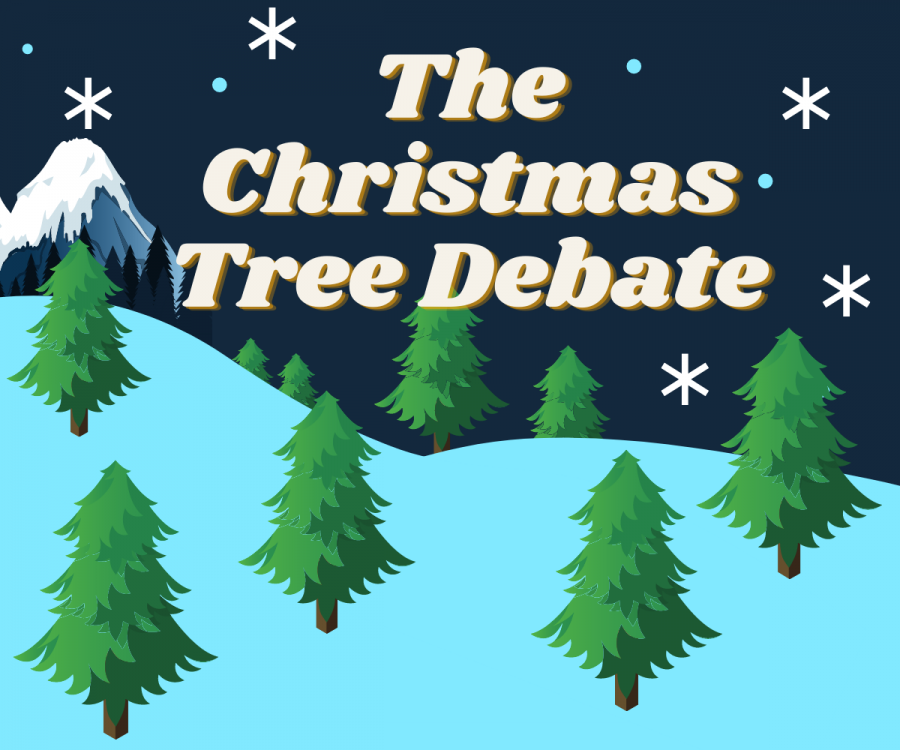The Christmas Tree Debate
Daily environmental impacts have become more progressive. This holiday season, learn about your carbon foot-print and way you can help the environment.
Buying a Christmas tree with your family is one of many traditions in household around the world. This tradition brings up the debate of having a real or fake tree considering the recent rising of concerns about the environment and individual impacts.
Having a real tree may seem like a small environmental impact since there are one for every family or so, but the impact is large and is going unacknowledged. According to the National Christmas Tree Association, approximately 350 million Christmas trees are growing on Christmas tree farms across the United States. Roughly 25 to 30 million real Christmas trees sold every year.
In addition to the trees bought, six million Christmas trees are discarded every year. Many times, these trees are not disposed of properly in that they are not used in biodegrading. Instead, they are thrown away in dumpsters and to landfills.
If you have a real Christmas tree this holiday season, you can still partake in the Christmas tree tradition in an eco-friendly way through its disposal. Once your Christmas tree has fulfilled its festive purpose, you can recycle it by turning it into mulch, planting it in your garden, or finding local places in your city where Christmas trees are collected and recycled.
If you are an individual who is active in conserving the environment, or you are interested in saving these trees, then buy a fake Christmas tree! Fake trees are about the same amount as real trees, depending on the quality, and will save you money in the long run: you won’t have to spend almost $100 on the purchasing and shipping of a real tree.
Across the national and international levels are companies that rent out real Christmas trees. In London, this is a very popular tradition. An example of a company many people utilize is London Christmas Tree Rental, their heights range from three to six feet. LCTR and Darran Messem (Managing Director of Certification at the Carbon Trust) state on Instagram, “Disposing of a tree by composting CO2 and methane. An artificial tree has a higher carbon footprint than a natural one because of the energy intensive production process involved.”
In the U.S., another company that partakes in these rentals is Rent-A-Tree. They rent out both real and artificial products, from Christmas trees to real wreathes. The delivery man is even dressed up as an elf!
These websites that deliver the tree directly to you removes both the hassle and fret about the environment. Whether you are temporarily housing a Christmas tree or purchasing a fake tree, remember to spread the word about the carbon footprint of using real trees, as well as disposing them improperly. Carbon Trust states that a natural tree of about two meters, with no roots, and is disposed of into a landfill after the holidays yields a carbon footprint of approximately 16kg of carbon dioxide.
This holiday season, look into purchasing a fake tree or renting a real tree. If you still choose to buy a real tree, dispose of it properly. Remember, always be conscious of the individual impact you have on your environment.


